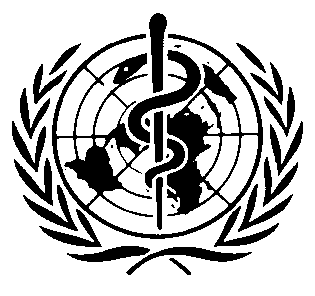International Chemical Safety Cards
| TRIBUTYLTIN OXIDE | ICSC: 1282 |




Tri-n-butyltin oxide TBTO C24H54OSn2 Molecular mass: 596.07 
 ICSC # 1282
ICSC # 1282CAS # 56-35-9 RTECS # JN8750000 UN # 3020 EC # 050-008-00-3 March 26, 1998 Peer reviewed |
| TYPES OF HAZARD/ EXPOSURE | ACUTE HAZARDS/ SYMPTOMS | PREVENTION |
FIRST AID/ FIRE FIGHTING |
| FIRE |
Combustible.
|
NO open flames.
|
In case of fire in the surroundings: use appropriate extinguishing media.
|
| EXPLOSION |
|
|
|
| EXPOSURE |
|
PREVENT GENERATION OF MISTS!
STRICT HYGIENE!
|
|
| •INHALATION |
Abdominal cramps.
Cough.
Diarrhoea.
Laboured breathing.
Nausea.
Sore throat.
Vomiting.
Symptoms may be delayed (see Notes).
|
Ventilation, local exhaust, or breathing protection.
|
Fresh air, rest.
Half-upright position.
Refer for medical attention.
|
| •SKIN |
MAY BE ABSORBED!
Redness.
After delay skin burns.
|
Protective gloves.
Protective clothing.
|
Rinse and then wash skin with water and soap.
Refer for medical attention.
|
| •EYES |
Redness.
Pain.
|
Safety spectacles
face shield
or
eye protection in combination with breathing protection.
|
First rinse with plenty of water for several minutes (remove contact lenses if easily possible), then take to a doctor.
|
| •INGESTION |
Abdominal cramps.
Diarrhoea.
Nausea.
Vomiting.
|
Do not eat, drink, or smoke during work.
Wash hands before eating.
|
Induce vomiting (ONLY IN CONSCIOUS PERSONS!).
Give plenty of water to drink.
Refer for medical attention.
|
| SPILLAGE DISPOSAL | STORAGE | PACKAGING & LABELLING | ||
|
Do NOT wash away into sewer.
Carefully collect remainder,
then remove to safe place.
Do NOT let this chemical enter the environment.
Chemical protection suit including self-contained breathing apparatus.
|
Provision to contain effluent from fire extinguishing.
|
Severe marine pollutant. Note: A T symbol N symbol R: 21-25-36/38-48/23/25-50/53 S: 1/2-35-36/37/39-45-60-61 UN Hazard Class: 6.1 UN Packing Group: II |
||
| SEE IMPORTANT INFORMATION ON BACK | ||||
|
||||
